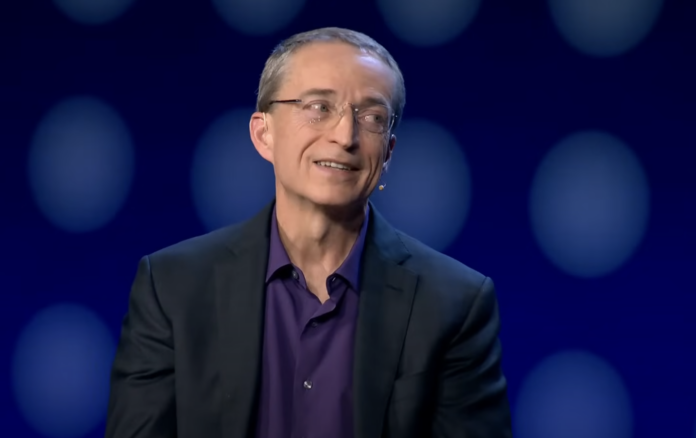During a CES keynote, Intel CEO Pat Gelsinger predicted “at least” a 10-year AI super cycle as automation is brought into different industries
AI everywhere—that’s the new tagline from Intel as it optimizes its silicon for artificial intelligence (AI) workloads, and partners with its growing stable of device makers and software developers to imbue new and existing hardware and applications with AI. During the Consumer Electronics Show (CES)_ last week, CEO Pat Gelsinger touted the consumer and enterprise benefits of the AI PC, and called out more than 100 engagements with AI ISV partners.
At CES Intel announced the Core 14th Gen mobile processor family led by the flagship Intel Core i9-14900HX, and a lineup of Core 14th Gen desktop processors at 65-watt and 35-watt levels to support a wide range of edge devices. These launches were preceded by the December announcement of a set of major AI-focused upgrades on the client and server sides; for data center compute, the 5th Gen Intel Xeon family now has AI accelerate in every core, and the Gaudi 3 AI accelerator is on schedule for a 2024 release.
In conjunction with the December announcements, Gelsinger said, “Intel is on a mission to bring AI everywhere through exceptionally engineered platforms, secure solutions and support for open ecosystems.”
In Las Vegas for a keynote interview at CES, Gelsinger talked through the competitive dynamics at place in the AI PC space as Arm-based competitors push competing products into the markets. The competition, he said, “would help establish the category,” which Intel will then win based on volumes and ecosystems. “I believe this is a defining moment for the PC,” Gelsinger said. “And as [former Intel CEO] Andy Grove said, the PC [is] the ultimate Darwinian device. I think we’re in one of those Cambrium moments for the Darwinian PC.”
Looking ahead, Gelsinger predicted that the coming wave of AI investment and adoption would be at least as durable and significant as the immediate post-internet launch of new ways to drive customer engagement. “I think we’re going to be in a 10-plus-year cycle of figuring it out in different industries.”
Intel led its CES messaging with AI PCs. Asked about how on-device AI adoption would unfold, Gelsinger said adoption of AI-enabled edge devices—phones, PCs, on-premise compute, etc…—would adhere to what he called the three laws of edge computing.
- “First is the laws of economics. It’s cheaper to do it on your device…I’m not renting cloud servers.”
- “Second is the laws of physics. If I have to round-trip the data to the cloud and back, it’s not going to be as responsive as I can do locally.”
- “And third is the laws of the land. Am I going to make my data to the cloud or am I going to keep it on my local device?”
He summarized: “I think those three laws…will drive more of these AI use cases to the devices that we use across the edge, and that’s part of what we mean when we say, ‘AI everywhere.’…I think it’s going to be a thrilling time of new use cases emerging…We’re going to be enjoying this for many CESes to come…We’re just getting started.”

